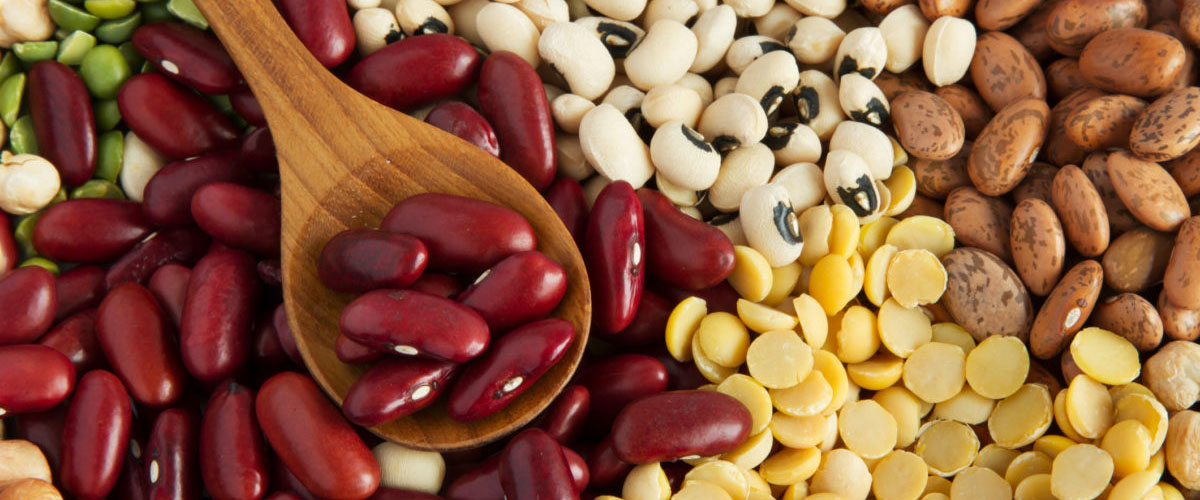Dry bean is very sensitive to extreme rainfall and drought stress while the water requirements are quite high during the flowering and pod-filling stages. In the most days of the common bean growing period, the average daily air temperature is more than 24°C. Gómez (2004) informed that dry bean grows optimally in temperatures of about 24°C and the crop does not tolerate frost at any stage in its growth. Gross and Kigel (1994) informed that temperatures below 15 °C negatively influence germination and hypocotyl elongation of beans while high temperatures can cause the abscission of flowers. Low pH rates coupled with low soil fertility and a shortage or excess of mineral salts could limit dry bean production. Phosphorus is one of the valuable determinants of plant growth while legume production is limited by the poor availability of phosphorus that ultimately affects the plant metabolism and growth. Baddley and Watson (2011) reported poor growth in broad bean plants in treatments where no phosphorus was applied before flowering.
Mourice et al. (2012) studied that phosphorus application significantly enhances the effect on a number of parameters in pea production like the number of branches, dry weight of the shoots, and roots. Adequate phosphorus results in earlier development of dry bean root and rapid growth which can develop further and exploit soil for nutrients and moisture. Besides this, phosphorus deficiency might slow down the plant growth process. Bean growth parameters like plant height, leaf, and branches number increased with the increased rates of phosphorus application. The enhanced photosynthetic area and dry matter growth are promoted through the phosphorus fertilizer which enhances the partition of nutrients to the growing parts of the plant. Ndlovu et al. (2019) studied that when phosphorus fertilizer is low within the soil, the outstanding outcomes are a reduction in leaf surface area, leaf growth, as well as the number of dry bean leaves.
Differences in the efficiency of phosphorus use in the dry beans are connected to the ability of the plants to grow in soils with low phosphorus content. This can be ascribed to their high root hair density rates, distinctive root system morphology, and their copious root exudates. Weldua et al. (2013) informed that the application of phosphorus significantly increases bean pods per plant and plant height at the maturity stage. The development of new cultivars coupled with the best management practices will help to develop sustainable agricultural systems.
Currently, research published in the Asian Journal of Plant Sciences conducted by Sebetha and Islam (2021) to examine the effect of cultivar, phosphorus fertilizer rate, and location on the growth performance of dry bean. The results have shown that PAN 123 is the recommended cultivar in their study in terms of the growth performance of dry beans. They recommended that a location with a higher sand percentage like Taung is the best area for the production of dry beans.
















Add comment